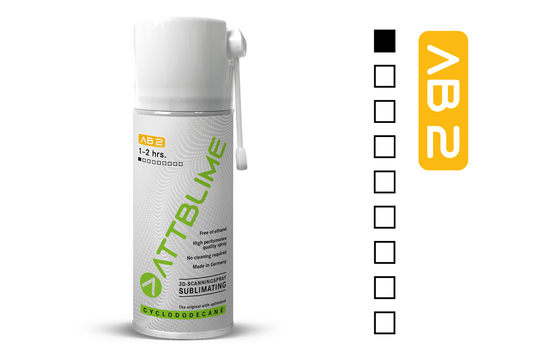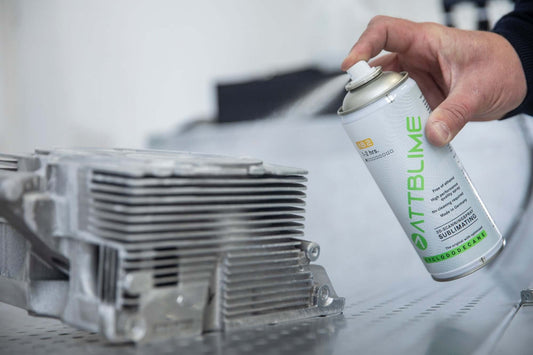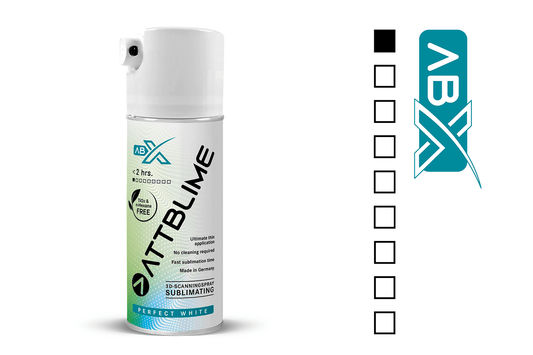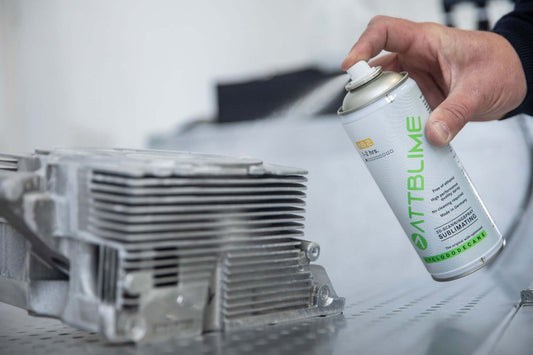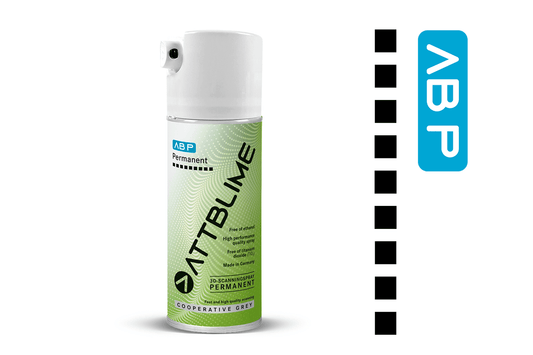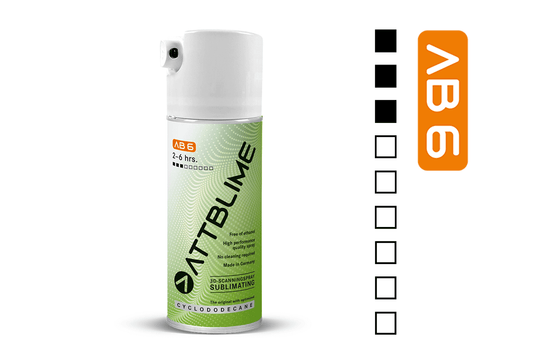
Advancements in 3D Scanning Technology for Industrial Metrology Applications
Share
3D scanning technology has become a crucial tool in various industries, revolutionizing the quality control and inspection processes in manufacturing. Recent advancements in 3D scanning technology have significantly improved the efficiency, cost-effectiveness, and accuracy of industrial metrology processes.
Advancements in 3D Scanning Technology
The latest 3D scanning technologies include structured light, laser, and photogrammetry. Structured light scanners project patterns of light onto the surface of an object and measure the distortion of the pattern to create a 3D model. Laser scanners use lasers in a similar way, but capturing a line of data at a time on the object's surface, the motion of the scanner scrolling though the surface. 3D reference markers or target dots are used to improve the accuracy of measurements. Reference markers are fixed points on the object's surface or fixture that the scanner can use as a reference for positioning and to help the scanner track its own movements in space, increasing its measurement accuracy. Additionally, 3D scanning spray or matting spray is commonly used to enhance the visibility of surfaces, which can be especially useful when scanning dark or reflective surfaces.
Impact of 3D Scanning Technology in Manufacturing
The impact of 3D scanning technology in manufacturing has been significant, improving the efficiency and accuracy of various processes. 3D scanning technology can be used in the manufacturing industry to ensure that products meet specifications, reduce defects, and improve quality control. For example, 3D scanners can inspect parts during the manufacturing process to ensure they are within tolerance limits. This can save tremendous amount of time and money by identifying and correcting errors early on in the manufacturing process.
Additionally, 3D scanning technology can not only be used for quality control purposes, but also for creating molds and tooling. Overall, the use of 3D scanning technology in manufacturing has become increasingly common and has helped to improve efficiency, reduce waste, and improve the quality of manufactured products.
Automated 3D Metrology in production
Recent advances in automation technology have allowed 3D scanning to come closer to the production line and even be fully integrated into the manufacturing process. The goal of 100% inspection has become more achievable through the use of automated 3D scanning systems, which can quickly and accurately scan parts and products, ensuring that they meet specifications. Automation has also helped to improve the speed and efficiency of the manufacturing process, reducing the time and cost of inspection. In addition, automation allows for the detection and correction of defects early in the production process, reducing the likelihood of errors and improving overall product quality. As automation technology continues to evolve, it is expected that 3D scanning will become an even more integral part of the manufacturing process, helping to streamline production and ensure the highest level of product quality.

